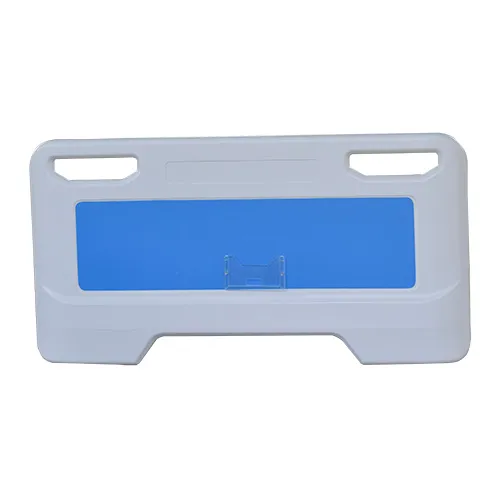Welcome to our websites!
Electric Wheelchair Steering System for Enhanced Mobility and Control Solutions
Understanding the Electric Wheelchair Controller A Key to Independence and Mobility
The advent of technology in mobility devices has significantly transformed the landscape for individuals with mobility challenges. Among the most pivotal components of an electric wheelchair is its controller, an innovation that offers users the ability to navigate their environment with ease and confidence. The electric wheelchair controller serves as the brain of the device, allowing users to operate their wheelchair effectively and independently.
What is an Electric Wheelchair Controller?
An electric wheelchair controller is an electronic device that interprets the user’s commands, which are transmitted through various input mechanisms, such as joysticks or switches, and translates them into precise movements of the wheelchair. Typically located on the armrest within easy reach, the controller is equipped with sensors and microchips that facilitate communication between the user and the wheelchair's motors.
Types of Controllers
Electric wheelchair controllers come in various types, each designed to meet the diverse needs of users. The most common type is the joystick controller, which allows for nuanced control of the wheelchair's speed and direction. Users simply push the joystick in the desired direction, and the wheelchair responds accordingly.
In addition to joystick controllers, there are also alternative input methods, such as sip-and-puff systems, which are ideal for individuals with limited hand dexterity. These controllers operate by detecting changes in airflow when the user sips or puffs through a straw-like device. Moreover, touch-sensitive panels and head-controlled systems are also available, providing options for users with different capabilities.
Key Features of Electric Wheelchair Controllers
Modern electric wheelchair controllers often come equipped with a range of features designed to enhance user experience and safety. Some of these features include
electric wheelchair controller

2. Directional Sensitivity Advanced controllers can detect how far and in which direction the joystick is pushed, allowing for smooth and responsive maneuvering, essential for navigating tight spaces.
3. Programmable Settings Many controllers offer customization options, allowing users to create specific profiles based on their preferences and needs. This means users can set different speed limits, acceleration rates, and sensitivity levels for various situations.
4. Safety Features Built-in safety features such as automatic braking, anti-tip mechanisms, and obstacle detection significantly enhance user safety, providing peace of mind while driving.
The Importance of Customization
An electric wheelchair controller is not a one-size-fits-all solution. The ability to customize the settings according to individual needs is crucial for maximizing the user’s independence and comfort. Physical therapists and rehabilitation specialists often work with clients to find the most suitable solutions, ensuring that the controller's features align with the user’s physical capabilities and lifestyle.
The Future of Electric Wheelchair Controllers
As technology continues to evolve, so too does the electric wheelchair controller. Innovations such as smart technology integration, mobility apps, and even AI-driven systems are making their way into the market. These advancements promise to enhance not only the functionality of the controllers but also the overall user experience.
For instance, the integration of smartphone applications allows users to monitor their wheelchair's performance, receive maintenance alerts, and even control their device remotely in some cases. Additionally, developments in machine learning could lead to controllers that adapt to users' behaviors over time, offering even more precision and ease of use.
Conclusion
In summary, the electric wheelchair controller is an indispensable component of modern mobility devices. Its design, functionality, and customization capabilities play a crucial role in enhancing the independence and quality of life for individuals with mobility impairments. With ongoing advancements in technology, these controllers are set to become even more sophisticated, offering greater control, safety, and adaptability for users, ultimately empowering individuals to navigate their world with confidence.
-
Transforming Healthcare with Hospital FurnitureNewsJun.24,2025
-
Rehabilitation EquipmentNewsJun.24,2025
-
Mobility and Independence with WheelchairsNewsJun.24,2025
-
Freedom of Mobility with Our Rollator WalkersNewsJun.24,2025
-
Comfort and Independence with Commode ChairsNewsJun.24,2025
-
Bathing Safety and Independence with Shower ChairsNewsJun.24,2025
-
Navigating the Wholesale Landscape of Electric Mobility Solutions: Key Considerations for Power Wheelchair DealersNewsJun.10,2025











